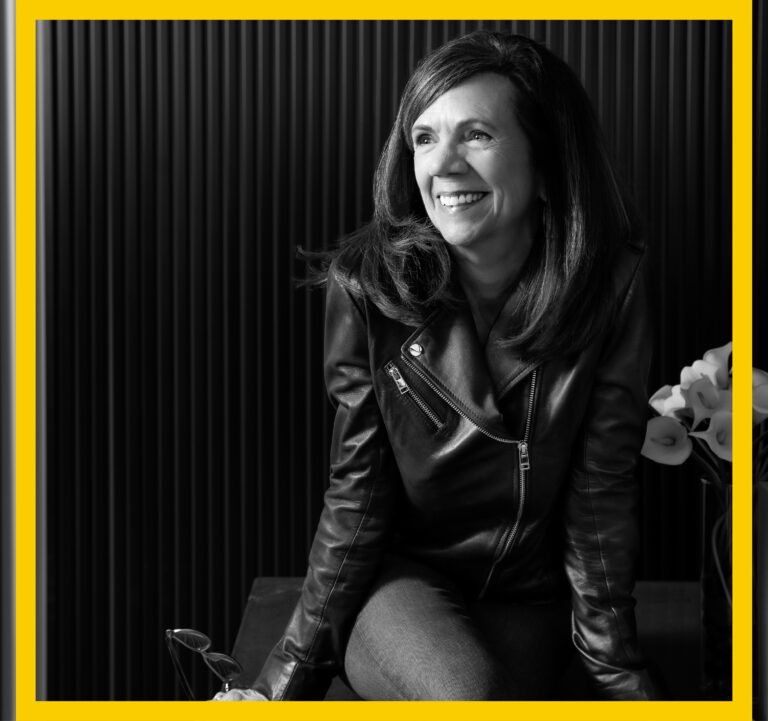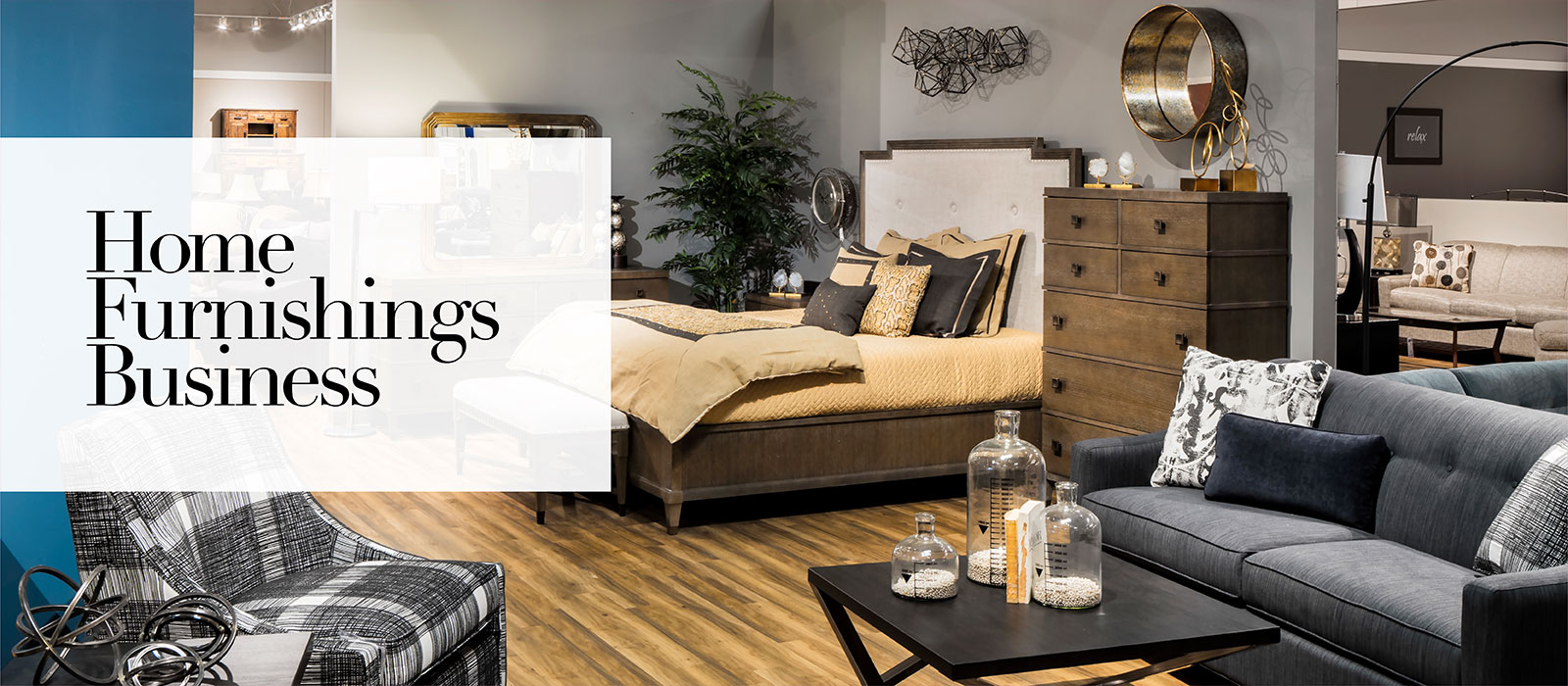×

Women in Retail interviews our COO, Lynn Gonsior, about being a female co-founder, the future of the retail experience, and so much more.

While other distribution channels, such as the lifestyle stores Restoration Hardware (RH) and Arhaus have adopted a more focused marketing approach to selected lifestyle segments, traditional furniture stores have continued with large selections of products and styles.
The result is a time starved, often impatient consumer being confronted with a 100,000 square foot monument only to be abandoned for the more curated approach of the lifestyle stores that focus on the style that their targeted consumer wants. The frustrated traditional retailer bemoans the fact that they have the “Pottery Barn” look at a better price – why wouldn’t they shop?
Several traditional retailers have begun to recognize the problem and are executing solutions. Morris Furniture, with their new Columbus store, has adopted a lifestyle approach. Working with a store design firm, consumer research was used to develop the new concept. Bill Chidley of ChangeUp explained the process. “Like many furniture retailers today, Morris is under pressure from changing consumer behaviors and an abundance of new shopping choices when it comes to furnishing a room or just replacing a sofa. We knew that merely redecorating the store, or moving categories around was not going to be enough, so we started with the notion that the Morris brand —what it stood for and why— had to be the core. We needed to relaunch the retailer, and since they had virtually no awareness in the new market we were helping them enter, there was both an opportunity and a need to do this.”
Chidley says they began by gaining an understanding of what consumers want from a retailer through quantitative research they conducted in Cincinnati and Dayton—Morris’s two markets.
“We learned that consumers find little difference between furniture stores when it comes to rational attributes like selection and having deals, and that they find them a chore to shop,” he said. “We also learned that Morris was under-appreciated for the quality and style of the products they offered. So, we crafted a brand idea around the proposition that Morris could provide the styles and inspiration the consumer is looking for from specialty competitors like Arhaus, but at a better price-point. The result was making their shopper feel smart and savvy for shopping at Morris.”
To activate the brand idea, the decision was made to revise the name and identity to Morris Home, and create a more sophisticated logo. “We developed a tone-of-voice for the brand that insured it ‘spoke’ (through advertising and marketing communications) with a voice that reinforced a stylish, inspiring, and savvy personality,” Chidley said. Finally, the concept was brought to life with a dramatic exterior expression, and a new layout that merchandised distinct style statements through whole-room vignettes down a main “boulevard” aisle. “This merchandising approach simplified shopping by aligning with the new shoppers path-to-purchase, where they begin online for inspiration then show up in the store with a more focused vision of what they want.” Chidley continued, “Instead of a ‘sea of sofas’, Morris shoppers now hone in on a style proposition that feels like Morris knows them and isn’t burdening them with an exhausting hunting expedition.”
The new facility is just the beginning to execute change. Starting with advertising and continuing through engagement by the retail sales associate on the floor, everything needed to change.
Morris Home is not the only retailer aggressively pursuing a lifestyle approach to merchandising. Art Van has executed new lifestyle displays for its Fall offerings using six distinct lifestyle themes: Mid-century modern, casual, urban, farmhouse, and traditional. All Art Van stores have begun reset.
In addition to the traditional furniture category, Art Van has added a new large home décor department featuring rugs, lighting, wall art, and other accents. The new home décor product will also be integrated with the lifestyle collection. From research done separately by Impact Consulting, parent company of Home Furnishings Business, the need to increase traffic to the store can be accomplished with the integration of all home furnishings products into the store. From FurnitureCore data, furniture and bedding represent only 40% of the consumers’ home furnishings needs.
While the consumer expends on average $848 per household for furniture, other non-durables in the home furnishing category exceeds that amount. While other home furnishing stores such as Target and Big Lots are invading our space with total furniture collections, should traditional furniture stores not return in kind and move into total home furnishings?
The sales of home furnishing stores surged in 2016 and 2017. Fortunately, furniture stores regained their growth so far this year. Much of this is based upon the recent difficulties experienced by certain chains such as Bed Bath & Beyond, not due to consumer preference but other external factors. However, the seasonality of this distribution channel (31.7 in 4th quarter) will even the performance. Without a doubt, the emerging consumer is ready to furnish their homes. It is the challenge of the traditional retailers to satisfy their demand for furniture that meets their perception of style offered in an environment that matches their retail experience. We must be able to change.
In January 2015, Morris Furniture Company began a two-year process trying to create a better shopping experience for their customers. The old Morris Home Furnishings had struggled with showroom display; balancing manufacturer galleries, lifestyle displays and product category areas. Owner Larry Klaben explains. “As an independent furniture and mattress retailer we needed to better understand our customer and how she shopped. We selected ChangeUp, a full-service design agency, to help us and to create an amazing customer experience.”
ChangeUp studied the store’s current showrooms as well as competitors’ showrooms, and surveyed furniture customers and Morris associates to fully understand what creates a better showroom experience. Their findings showed that furniture shopping is not so easy and is not fun for customers especially when they are making a long lasting large ticket purchase. They advised Morris to simplify the process and to help focus the offerings in the large showrooms.
“That data resulted in our new name,” Klaben said. “We are now Morris Home, lifestyle inspired stores with category areas for non-lifestyle products. On one side of our showroom we feature certain lifestyles; Natural Living, Urban Loft and Modern Studio. We believe that no customer is limited to one lifestyle and these three lifestyle displays appeal to a group of consumers. On the other side of the showroom we offer; Uptown Glam, Farmhouse Chic and Heirloom Classic. Again, many customers are attracted to products within those three lifestyles to create their own eclectic look. In each lifestyle there is a selection of living rooms, dining, and bedroom along with accents to fully create the lifestyle environment. Once inside the lifestyle area there is an intimate feeling, which is mood specific to that lifestyle display. Inside each multi room area, a customer can experience the look and feel as if it were their own home.” Klaben added, “Outside the lifestyle area is additional upholstery that compliments that specific lifestyle.”
The lifestyle areas were designed to flex in size to meet expanding or contracting customer interest in a particular lifestyle. In addition, each of the three metropolitan markets the company serves have different consumer demands. Columbus is a more modern, contemporary, and urban customer than Cincinnati and Northern Kentucky, which has more Farmhouse and Classic customers.
“There are three specialty areas showcased in our Morris Home showrooms,” Klaben said. “There is a Design Center featuring customizable upholstery with extensive fabric options. Morris Home features Bernhardt adjacent to the Design Center as our best design provider. On the other side of the showroom, adjacent to the reclining category display, is the La-Z-Boy area. Our survey data showed that shoppers are often looking for these specific product categories so we located those products on the perimeter of our showrooms. These areas feature; dining, bedrooms, kids and teen, our Better Sleep Shop, entertainment and reclining.”
Klaben continued, “To help our customers understand their lifestyle preferences, we partnered with DesignCliq, both on our website and in our showrooms. The customer can take a short quiz to determine her dominant lifestyle. This helps both her and our sales specialists determine a starting point to begin shopping.”
Klaben says retailing is all about product and lifestyle displays and requires keen focus on carefully curated product and displays. “Our displays must rival and surpass the individual ‘lifestyle’ stores. That is our biggest challenge; to offer leading fashion merchandise and to offer value to our customers. Each product is merchandised to have a specific home within the six lifestyles, in the extended area or in the product category areas.”


